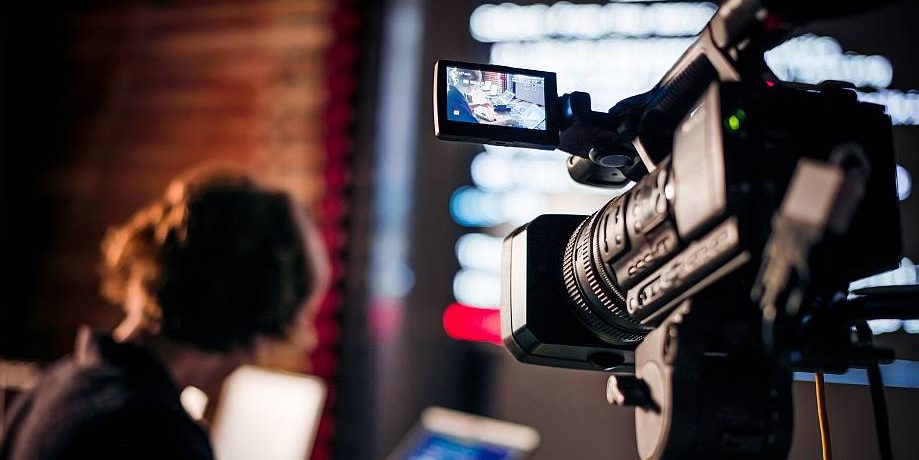“Go to film school,” they said. “It’ll be fun,” they said. Try going through training for one of the most collective art forms without being able to physically interact with anybody. Difficult, right? Over the course of these past few months, we’ve covered numerous ways in which the entertainment industry has been disrupted by the COVID-19 global pandemic, so it probably won’t surprise you to hear that film schools and programmes are no exception.
That being said, here at FilmDoo, we pride ourselves on being a space that helps promote young and emerging film talent, and so we bring you the Top 5 things you need to know about the impact of COVID-19 on film schools and programmes worldwide. Though these tips are partially addressed to both current and aspiring film students, we hope that anybody who considers themselves a cinephile can find some valuable insight in the points below.
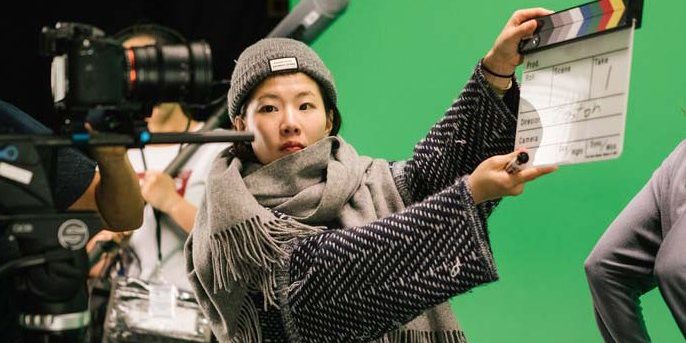
1. While the pandemic caught everyone by surprise, it has proved especially challenging for film schools.
Considering that film students are simultaneously, well, students (and, as such, are exposed to all the well-known disruption within the university system) and part of the film community by occupying technical and artistic positions during exercises and short film productions, COVID-19 has presented institutions with a double challenge.
During their tenure at school, students usually learn to chaperone a project from conception to execution, going through the three major stages that are pre-production, production and post-production. During the sudden lockdown, those who were at the pre-production phase (from the script-writing to the planning of the shoot) and post-production phase (everything from the editing process to the final rendering of the film), were the easiest to adapt, since most tasks for these stages could be done remotely.
Production, however, was forced to immediately shut down, and for most schools, their return-to-set date is still unclear, assuming it even happens at all. The safety of students and staff remains the primary concern. However, instructors worldwide remain optimistic. As Peggy Rajski, Dean of Loyola Marymount University’s School of Film and Television, told Deadline, “The great thing about being a filmmaker is, it’s all about problem solving. So, this is a great exercise in that.” A lot of schools faced a difficult situation in reorienting their pedagogy, working out what to teach and deciding how to teach it. The goal? Fostering creativity in the students in a potentially frustrating, limited environment.
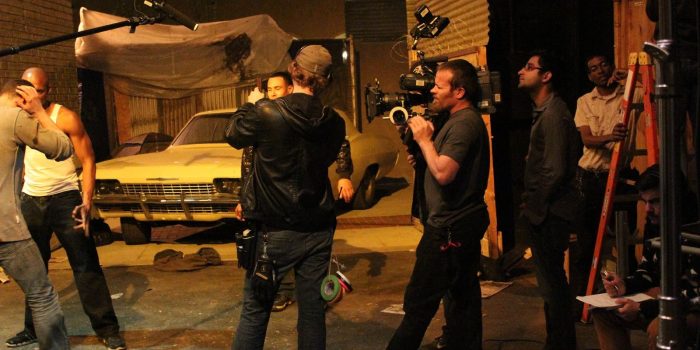
2. The response time and measures vary from country to country, and even within regions.
In putting together this article, we examined the reactions and strategies of different schools across the world. After all, each school’s processes and restrictions are determined in part by geographical context. Such is the case for French film schools and programmes like the prestigious La Femis or the English-programmed Eicar, which were forced to shut down operation from mid-March. In America, NYC schools (such as NYU and Columbia film programme) and California (USC and UCLA) followed. At the moment, film programmes and schools based in Latin America (particularly Brazil, Mexico, Chile and Venezuela) are still experiencing heavy restrictions.
Funding of each school also affected how institutions can react. Toronto Film School, a renowned – albeit, private – film programme, handled the situation well, and is slowly making the transition to the “new normal.” Meanwhile, the National Film School of Venezuela has been shut down since March with no signs of reopening. Internet connection in the country is at best precarious, thus making it particularly challenging for online lessons.
It’s also important to understand that film schools are composed of a diverse population, with international students making an average of 50% of the student body. Immigration proves a hefty obstacle to overcome, whether they’re on the inside looking out or on the outside looking in. ICE has recently decreed that if all schools in the United States go remote, international students will not be able to stay in the country, thus putting international students in an even more complicated situation.
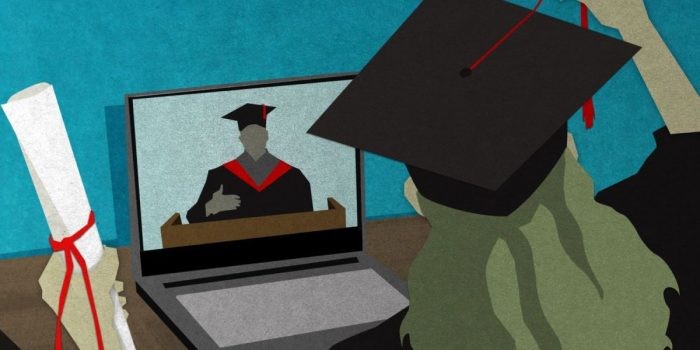
3. The biggest focus: graduating students.
When readapting to these extreme circumstances, the first priority was graduating students, since they were the ones coming out to a job market that’s currently even more uncertain than it usually is. As Rajski explained, “We didn’t want people to be penalised for a pandemic hitting, causing them to have to slow down the trajectory they were on.”
As far as online tools go, schools have adopted an “anything that works and is the easiest to access for our students” approach. Speaking to Deadline, acclaimed producer and USC professor Gail Katz explained, “The students and actors will be using Zoom, FaceTime, smartphones, green screen, visual effects, and other technology. It will all be done using social distancing rules—for example, actors filming themselves—with all post [done remotely].”
To keep students and classes on schedule, schools such as the AFI have made classes only accessible in a certain timespan. This sometimes proves challenging for students who are currently residing abroad or those with limited access to internet.
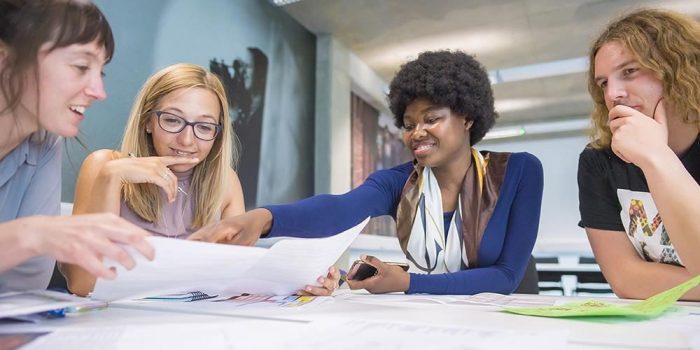
4. For all the problems faced, there are also a few silver linings:
One of the many great things about film studies is that it allows you to get a “safe” feel for the industry and its complex, demanding process. Entertainment is constantly changing, and for many seasoned instructors who are still active members of the industry, this is just one more development that they’re going to have to adapt to. The irony is that the challenges currently faced by faculty and students aren’t unlike those faced in the industry itself. Productions were halted for the better part of spring in many countries, and live shows such as Saturday Night Live have had to reinvent themselves while remaining loyal to their core sensibilities.
As far as shootings go, all schools agree that their students should eventually get the chance to put their knowledge to use, while respecting the safety measures of their respective locations. Through it all, the silent heroes of the transition remain the teachers and instructors, who made the herculean effort of re-thinking an entire semester (and in some cases, student year) in a matter of days. They are currently hoping for the best but preparing for the worst.
After the initial adjustment period, many students have actually enjoyed the change and welcome the challenge. They feel closer to their teachers, and the fact that their creativity is being put to the test has in some ways elevated the overall result.

5. If you’re considering attending film school this year…
Don’t be discouraged by the situation. Most programmes’ applications are currently open, with online support fully operational, and most schools are expected to be back to their normal curriculum within the next few months. If you’re a prospective international student, check the current immigration regulations of the country you’re thinking of studying in. It’s also important to know how the institution you’re applying to handled the COVID-19 situation, and consult on what they are planning to do in the event of a new outbreak.
Alternatively, you could consider an online course in screenwriting, post production or distribution, since these skills can easily be learned remotely.
Get used to change; it’s a part of the industry and, in many cases, it’s what makes it such a dynamic, exciting and rewarding career. As we’ve seen in the international response to the COVID-19 pandemic, you can usually trust in these institutions to find proactive and creative ways of adapting to challenging and unexpected circumstances.
As for those students at the end of their studies who find themselves confronting a frightening future, Rajski had a simple message: “[E]ntertainment ain’t going away. There are going to be plenty of opportunities, now and in the future.”
Better yet, these opportunities may be closer than you think. At FilmDoo, we are committed to providing a home to shorts of all kinds, and to collaborating with filmmakers from all backgrounds and level of experience. As long as the content is unique, thought-provoking and original, WE WANT IT.
What’s more, for students keen to get their work out there while earning some money in the process, we’re offering the exciting opportunity to partner with us via the new FilmDoo.Academy platform. In doing so, your shorts could form the basis for interactive online language lessons, accessible from all over the world. Contact us for more info, and keep chasing your dream!
This article was published as part of an ongoing series on the impact and long-term effects of COVID-19 on the film industry. These posts have now been collated into a single, long-form article which you can read here.
Cover image: The Reel Bits

